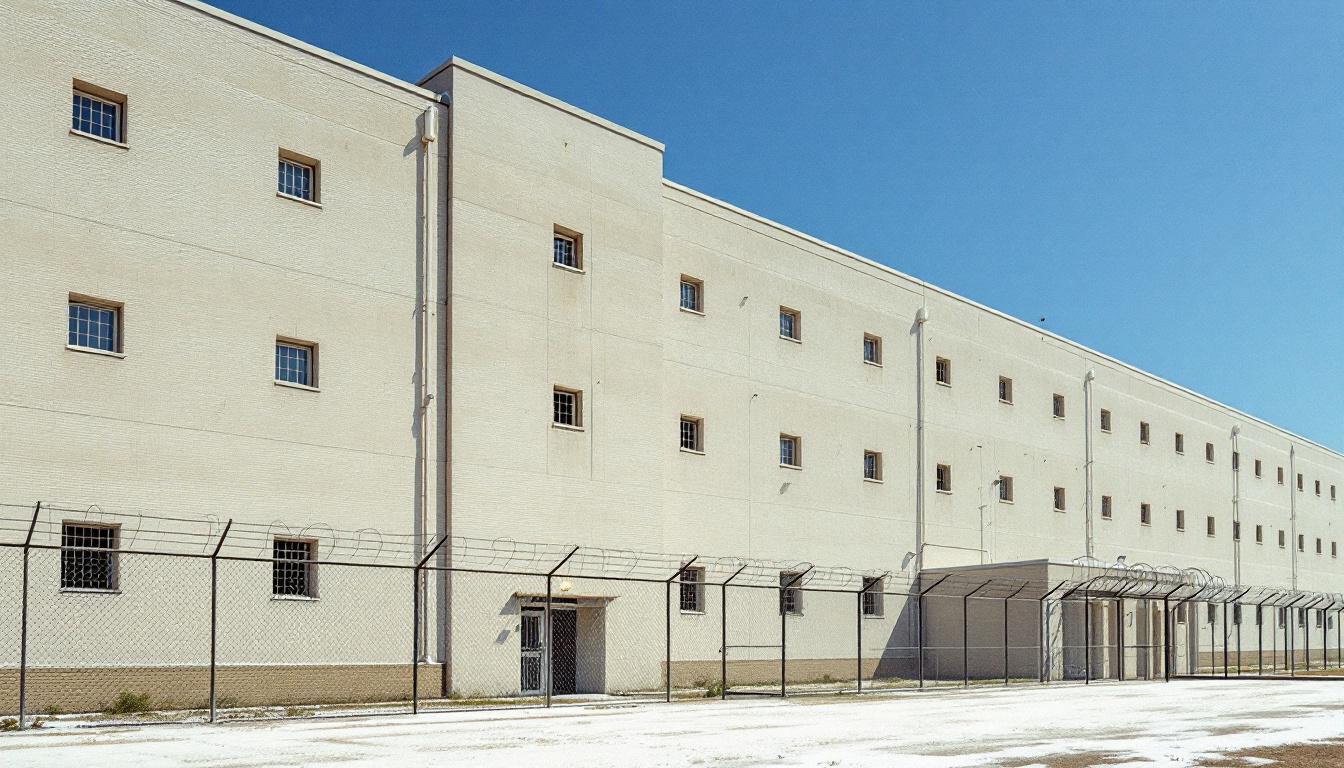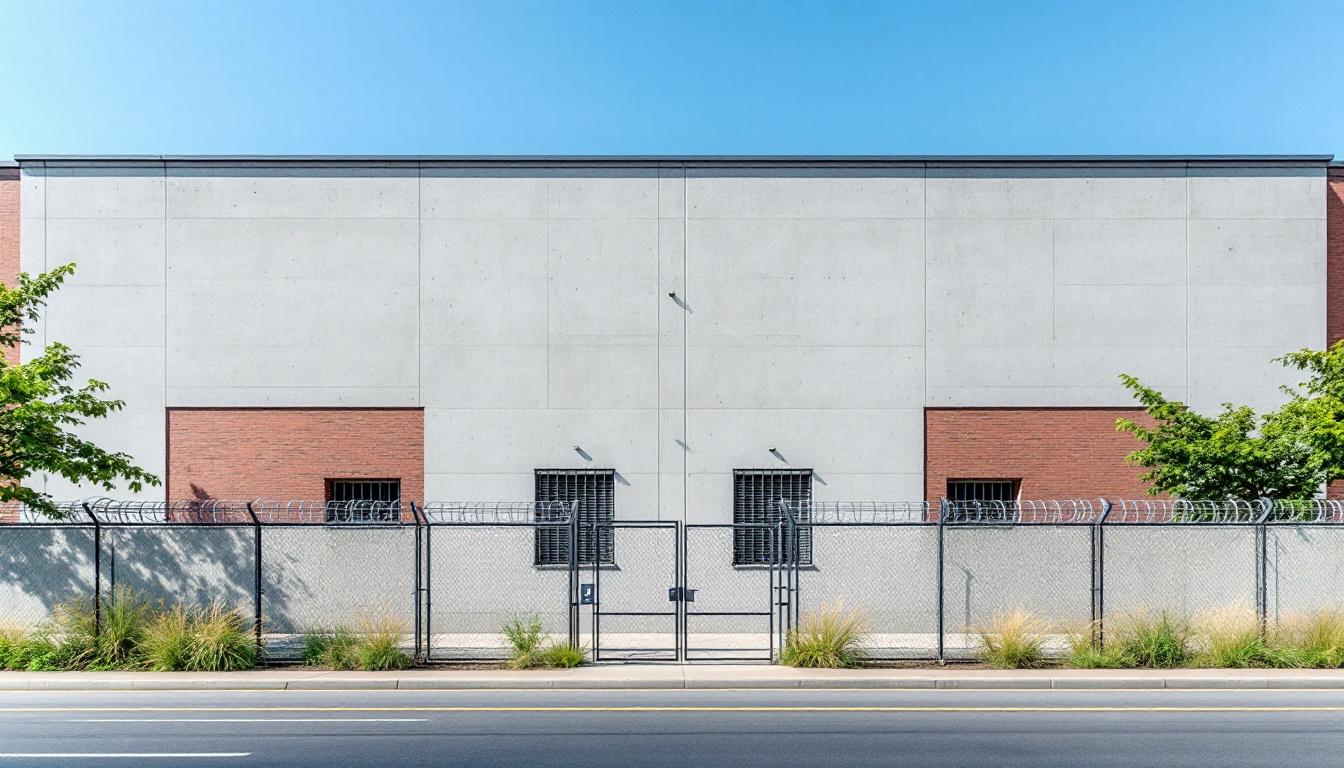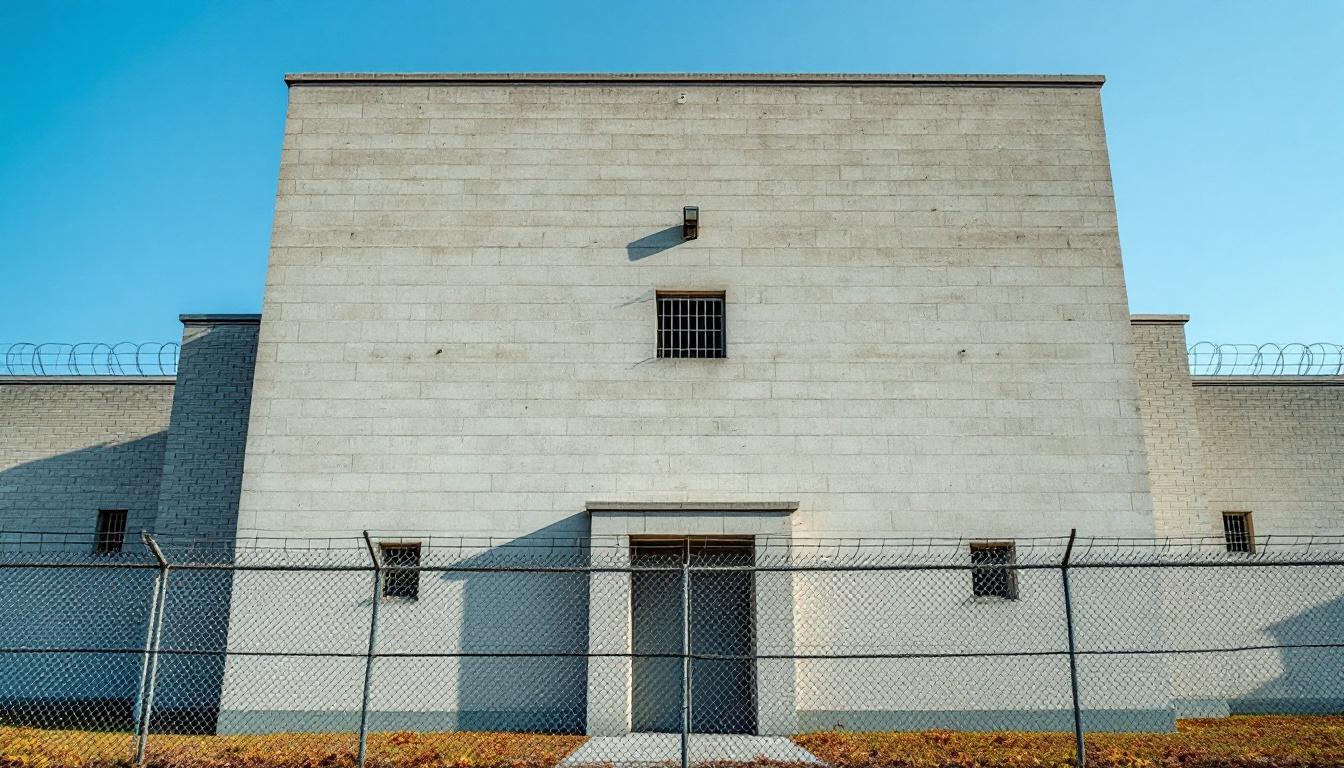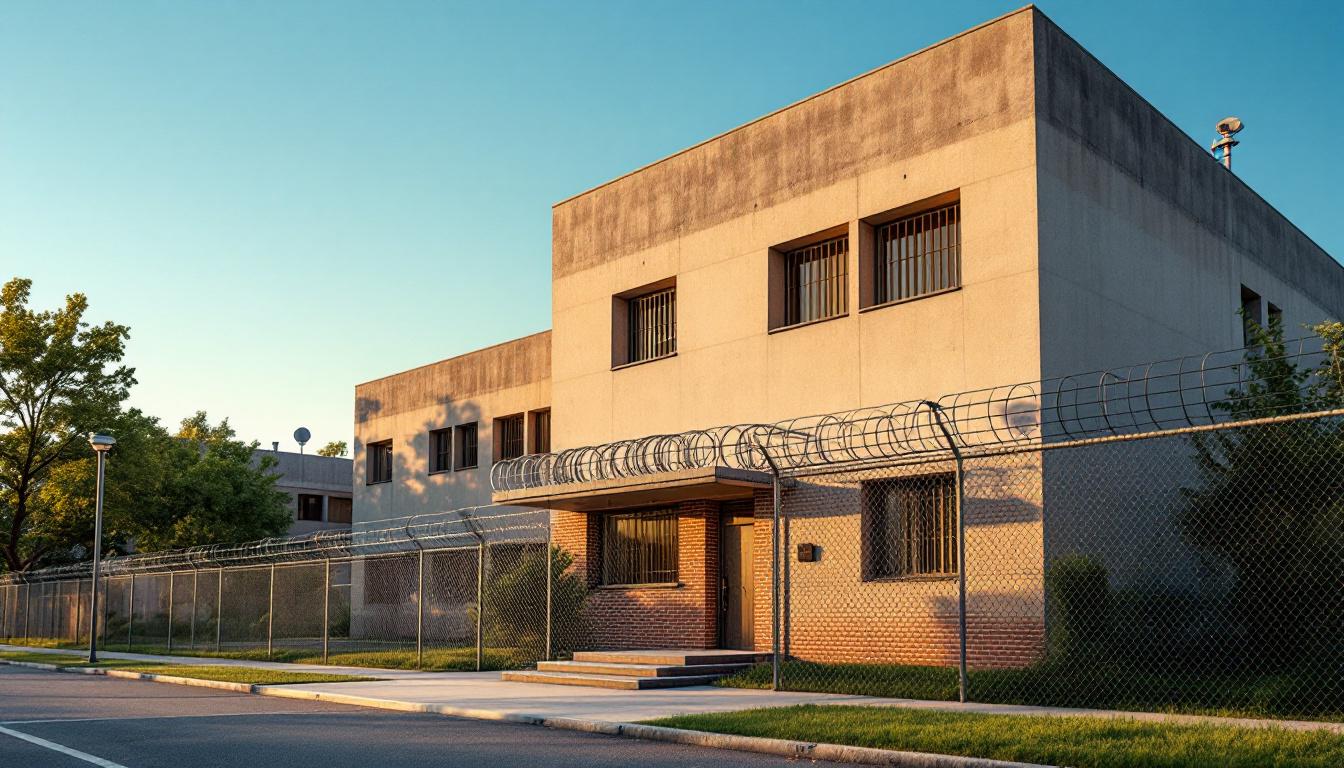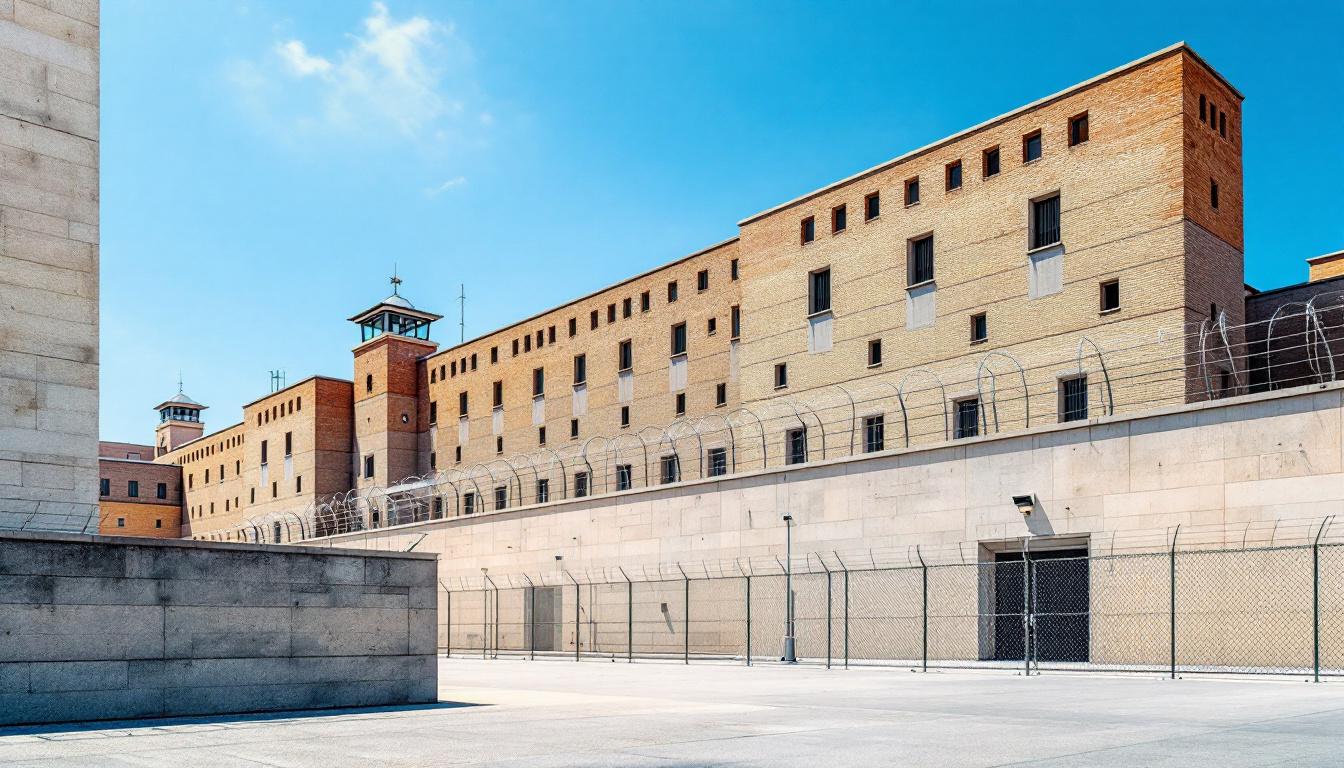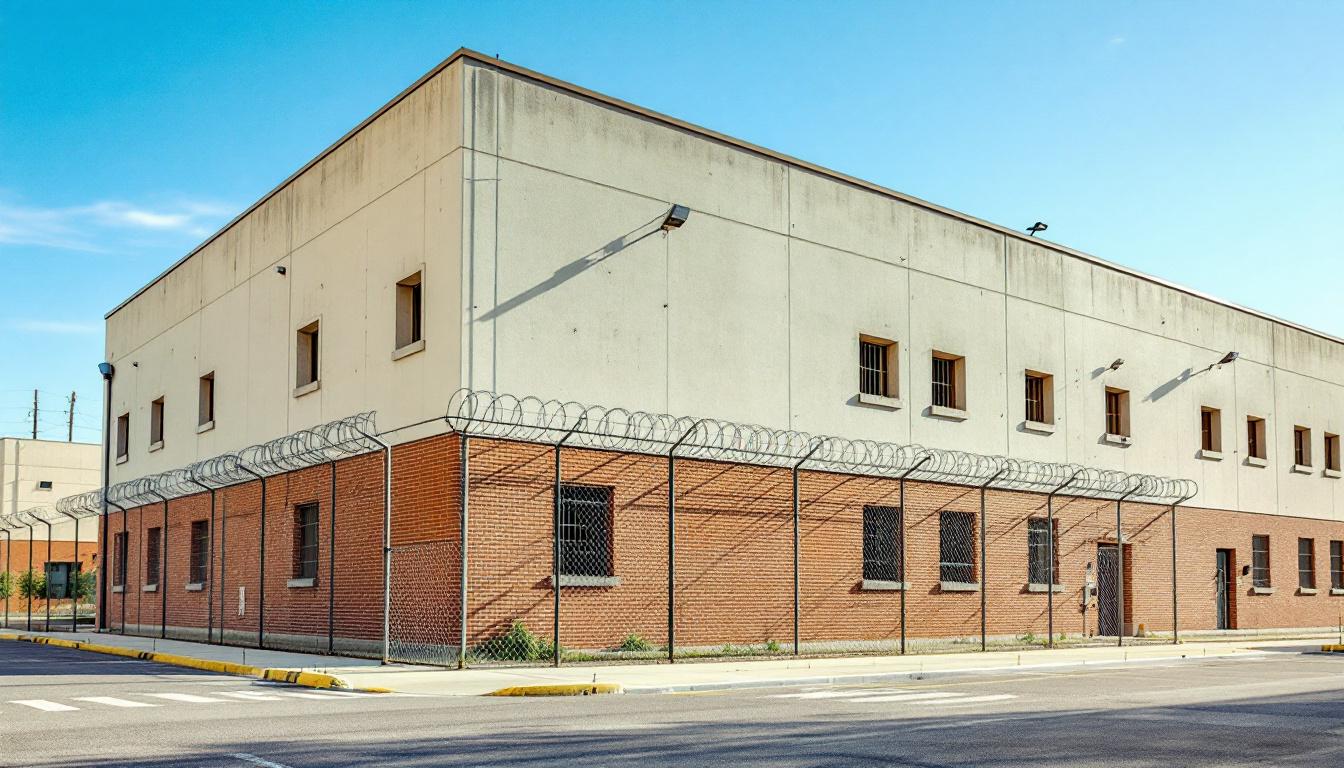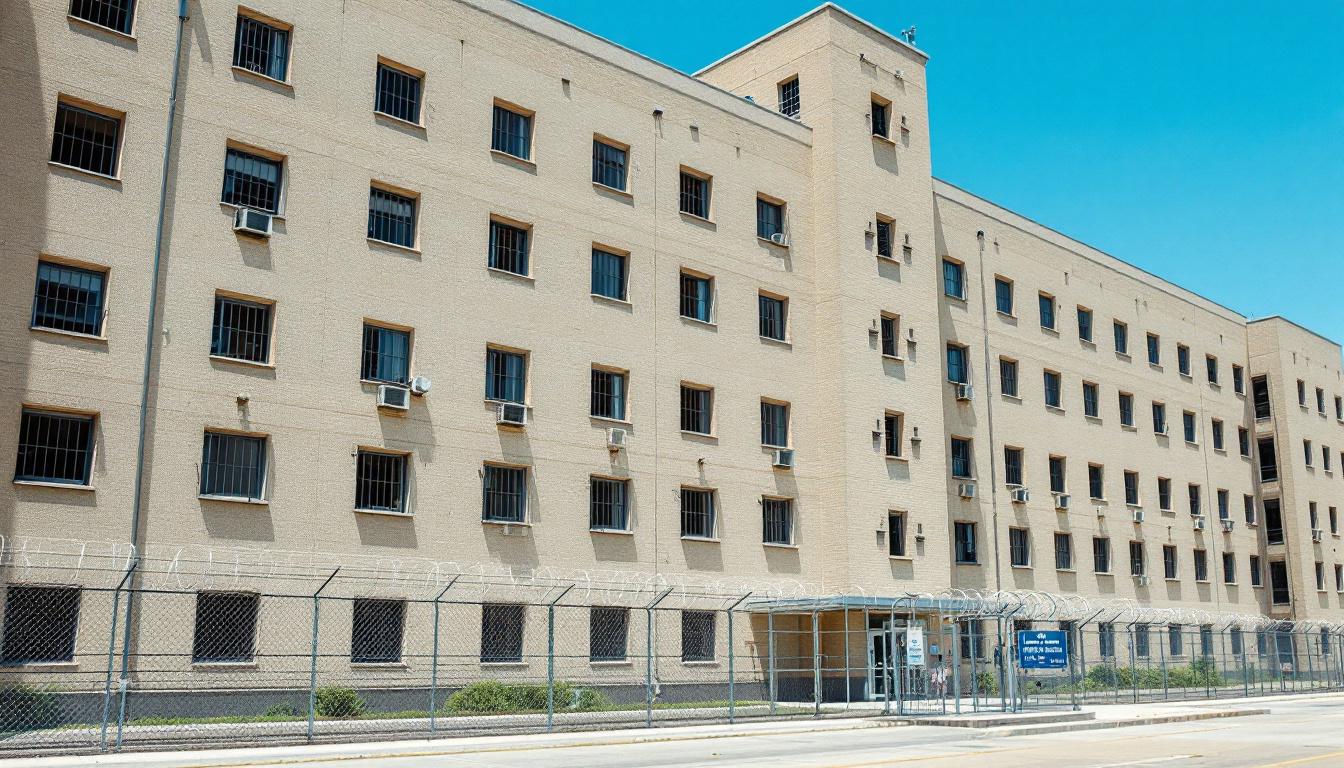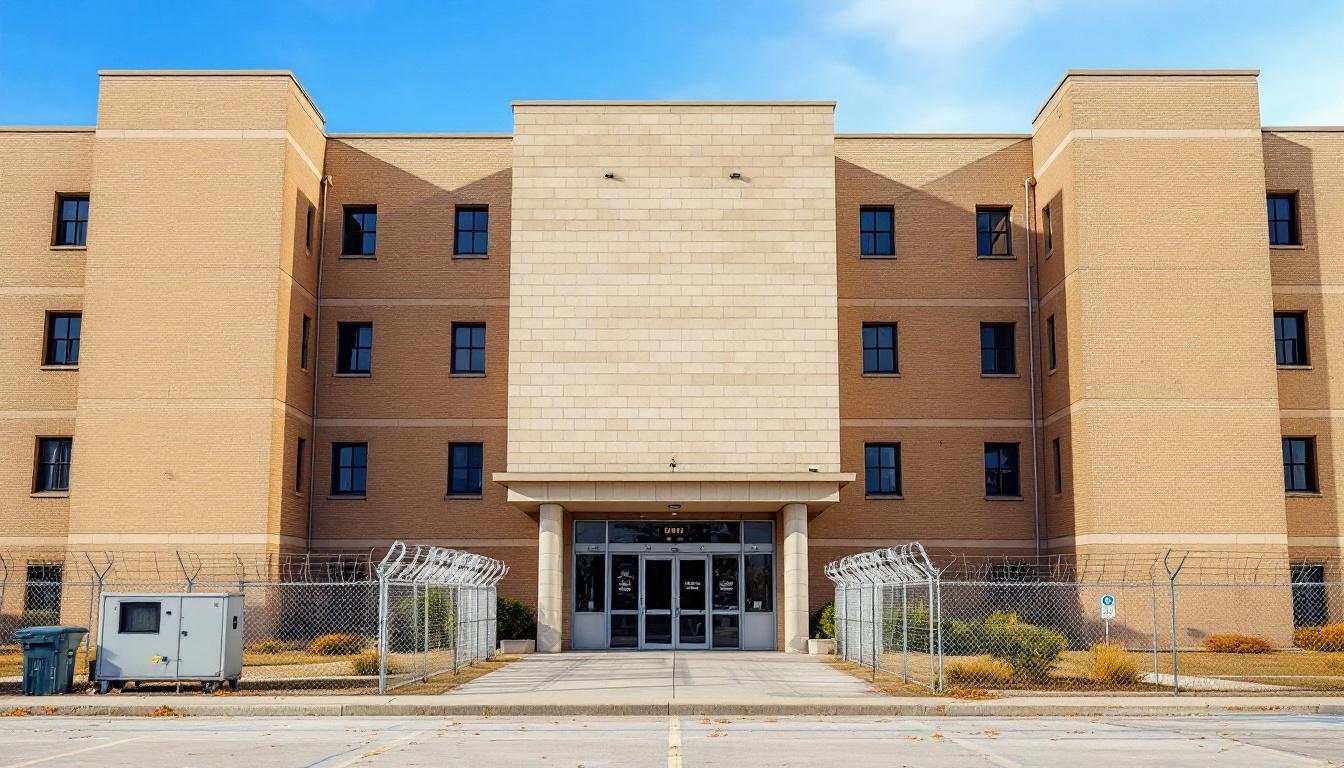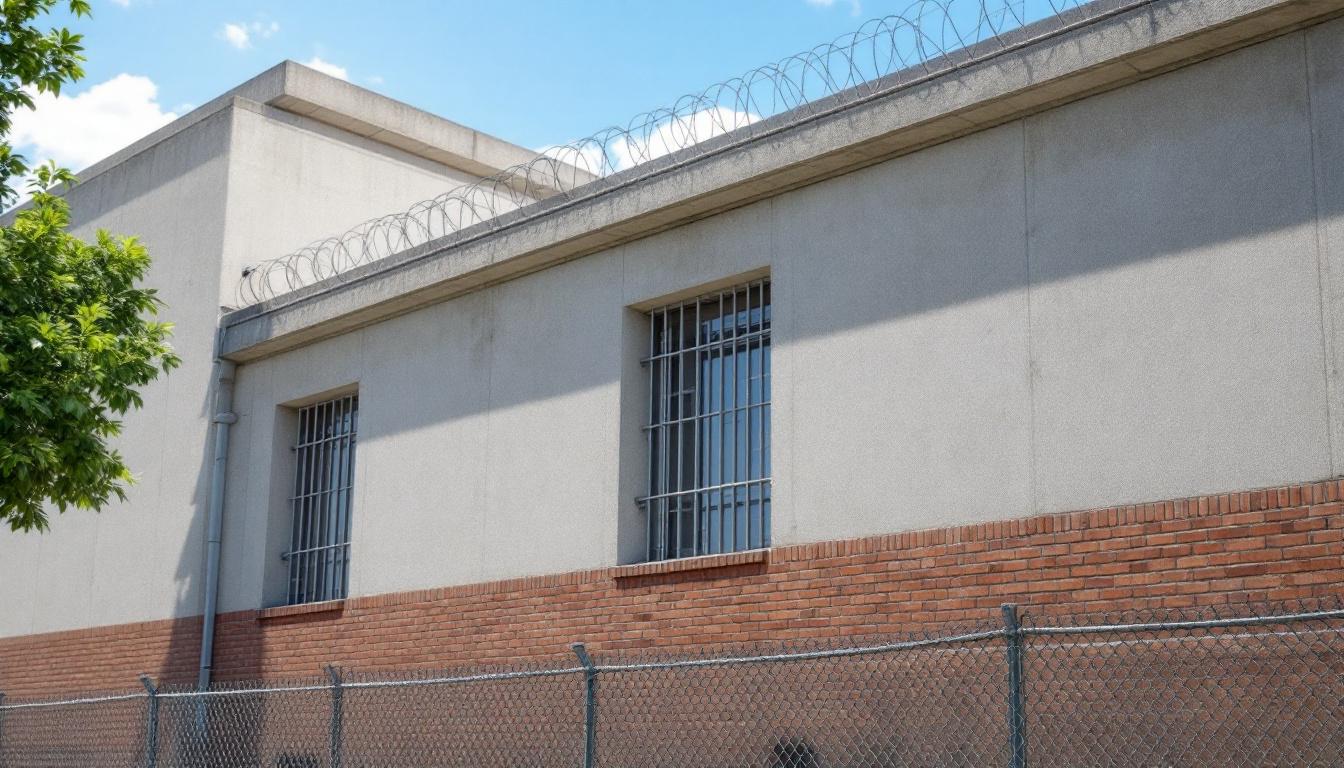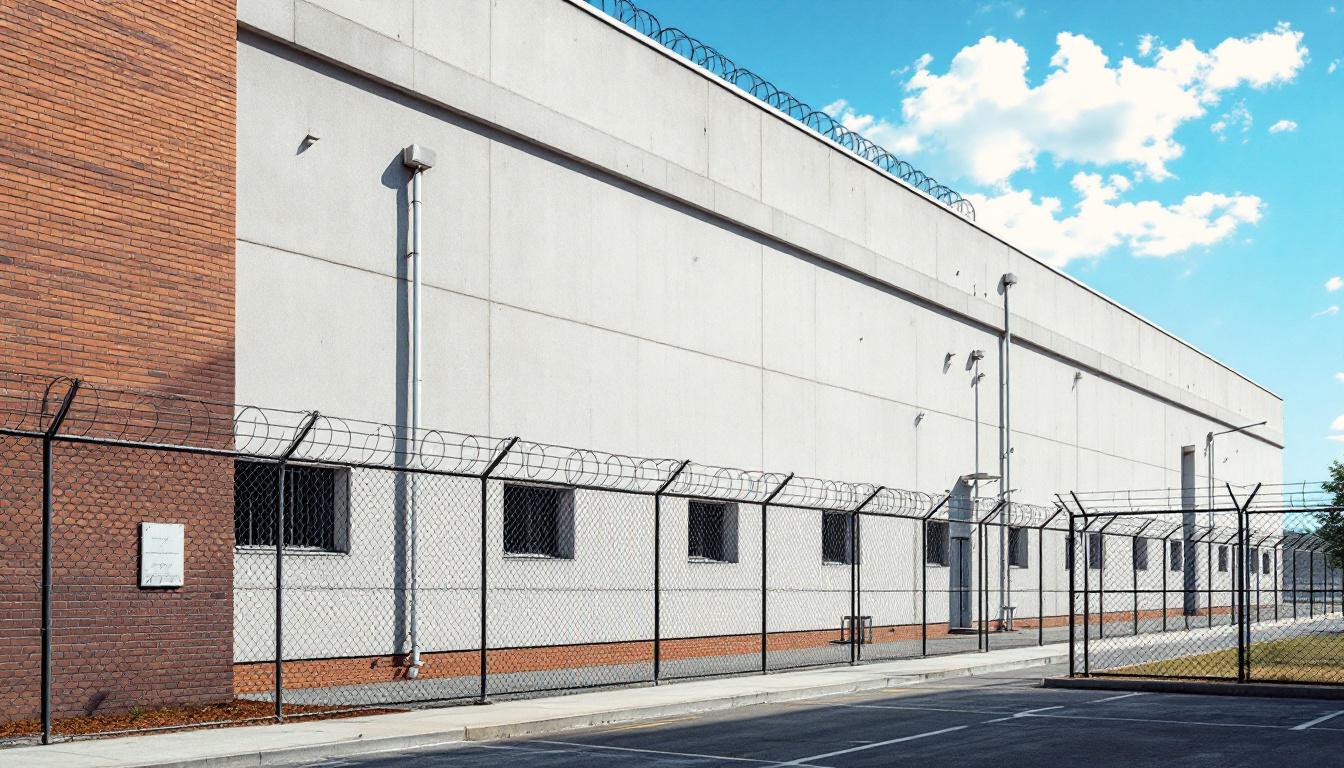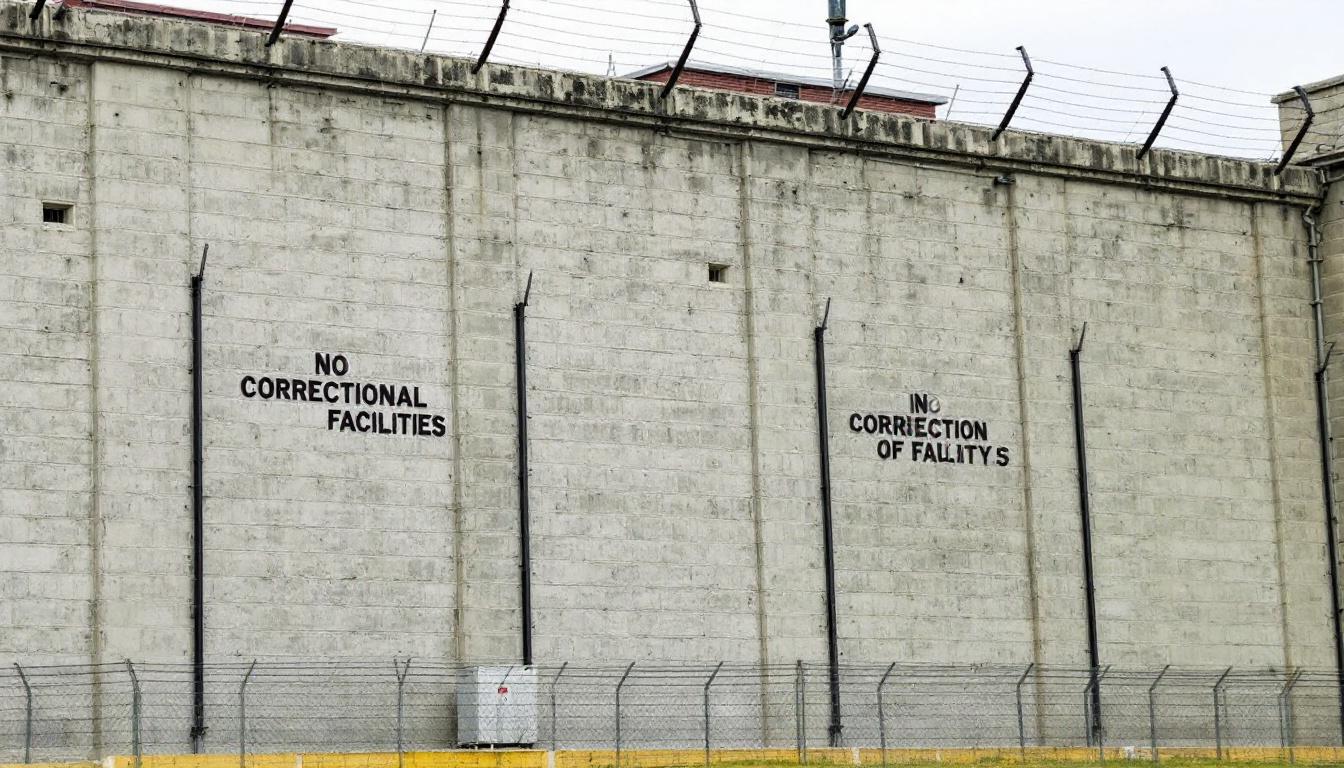
Quick Navigation
How to contact an inmate at Men's Central Jail
This comprehensive guide will walk you through how to connect with an inmate at Men's Central Jail. Follow the steps below to find an inmate and send letters and photos:
- Search for the inmate using our search tool below
- Create your account or log in to Penmate
- Write your message (up to 6,000 characters)
- Send instantly - inmates receive printed copies daily
Find an Inmate
Search for an inmate to start communicating today
Tip: You can search by first name, last name, or inmate ID number
To contact a person at Men's Central Jail start by searching for the person on the official facility website. Perform a search by following these steps:
- Step 1: Enter their first name and last name into the search form and click "Search"
- Step 2: Locate their inmate record
- Step 3: Write down their Inmate ID and any housing information provided
Important! Be sure to enter the person's full name. Nicknames should not be used.
How to Send Messages to Inmates

You can use your phone or computer to send emails, letters, and photos to an inmate. Messages are sent electronically to inmate tablets or kiosks at the facility. If you would like to send a message, start by searching for an inmate at Men's Central Jail.
Sending Photos and Postcards

A great way to send love and support to a loved one at Men's Central Jail is to send photos and postcards. It only takes a few minutes to send photos from your phone and it makes a huge difference. You can also mail postcards with words of support and inspiration, or design your own postcard for special moments like birthdays and holidays.
Important! Be sure not to send any explicit photos or they may not be approved by the facility. You can also use a photo printing app like Penmate to make sure your photos are printed at the correct size (4x6 or 3x5) and are mailed according to the rules and regulations of Men's Central Jail.
Frequently asked questions about Men's Central Jail
-
How long does it take to deliver a message?
If you're sending an email message your letter is usually delivered within 24-48 hours. For messages sent via mail you should expect delivery within 3-7 days. All messages will need be approved by Men's Central Jail.
-
How much does it cost to send a message to Men's Central Jail?
You can send a message free using your phone or mail a message via USPS for the price of a $0.60 stamp and envelope. You can also purchase credits or e-stamps from services starting at $1.99.
-
What services can I use to contact an inmate at Men's Central Jail?
Penmate
You can use Penmate to send letters and photos to an inmate from your phone. It's an easy way to stay in touch during your loved one's incarceration. Use the inmate locator to find an inmate's location and contact information, then you can send messages within a few minutes.
Securus messaging
Securus may be another option for communicating with an inmate at Men's Central Jail. You can create a friends and family account and purchase credits to send messages. All messages will be reviewed and must be approved by the facility.
JPay
Some county jails and state prisons may support sending messages with JPay. You must register an account with the system, find your loved one, and purchase stamps to send messages. For some locations you can also attach photos.
Smart Jail Mail
You may also check if Smart Jail Mail is available at Men's Central Jail. Smart Jail Mail is operated by Smart Communications and has contracted with some state and county jails. After purchasing credits, your messages and photos are sent to the facility, printed out, and then handed out to your loved one.
-
What is the mailing address of Men's Central Jail?
Mailing address:
Men's Central Jail
441 Bauchet St
Los Angeles, CA 90012
Phone: (213) 974-4921Business hours:
- Monday: Open 24 hours
- Tuesday: Open 24 hours
- Wednesday: Open 24 hours
- Thursday: Open 24 hours
- Friday: Open 24 hours
- Saturday: Open 24 hours
- Sunday: Open 24 hours
-
What are the visiting hours at Men's Central Jail?
Visiting hours at Men's Central Jail vary by housing unit and security level. Generally, visits are scheduled on weekends and holidays, with some facilities offering weekday visits. Contact the facility directly at (213) 974-4921 or check their website for the current visiting schedule. Visits typically last 30-60 minutes and must be scheduled in advance.
-
What items are prohibited when sending mail to Men's Central Jail?
Prohibited items typically include: cash, personal checks, stamps, stickers, glitter, glue, tape, staples, paperclips, polaroid photos, musical or blank greeting cards, hardcover books, magazines with staples, and any items containing metal or electronics. Only send letters on plain white paper with blue or black ink. Photos must be printed on regular photo paper (no Polaroids). Always check with Men's Central Jail for their specific mail policies.
-
How do I send money to an inmate at Men's Central Jail?
You can send money to an inmate at Men's Central Jail through several methods: 1) Online using JPay, Access Corrections, or the facility's approved vendor, 2) Money orders mailed directly to the facility with the inmate's name and ID number, 3) Kiosks located in the facility lobby, or 4) Over the phone using a credit or debit card. Fees vary by method, typically ranging from $2.95 to $11.95 per transaction.
-
Can I schedule a video visit with an inmate at Men's Central Jail?
Many facilities now offer video visitation as an alternative to in-person visits. At Men's Central Jail, video visits may be available through services like Penmate, Securus Video Connect, GTL, or ICSolutions. Video visits typically cost $10-20 for 20-30 minutes and must be scheduled in advance. You'll need a computer or smartphone with a camera and reliable internet connection. Contact the facility for their specific video visitation policies and approved vendors.
-
What identification do I need to visit an inmate at Men's Central Jail?
All visitors must present valid government-issued photo identification such as a driver's license, state ID, passport, or military ID. Minors must be accompanied by a parent or legal guardian who can provide the minor's birth certificate. Some facilities require visitors to be on the inmate's approved visitation list, which may require a background check. Contact Men's Central Jail for specific ID requirements and visitor approval procedures.
-
How can I find out an inmate's release date?
To find an inmate's release date at Men's Central Jail, you can: 1) Use the online inmate search tool if available, 2) Call the facility's records department, 3) Contact the inmate's case manager or counselor, or 4) Have the inmate provide this information during a call or visit. For privacy reasons, some facilities only release this information to immediate family members.
Facility Overview
Official Website
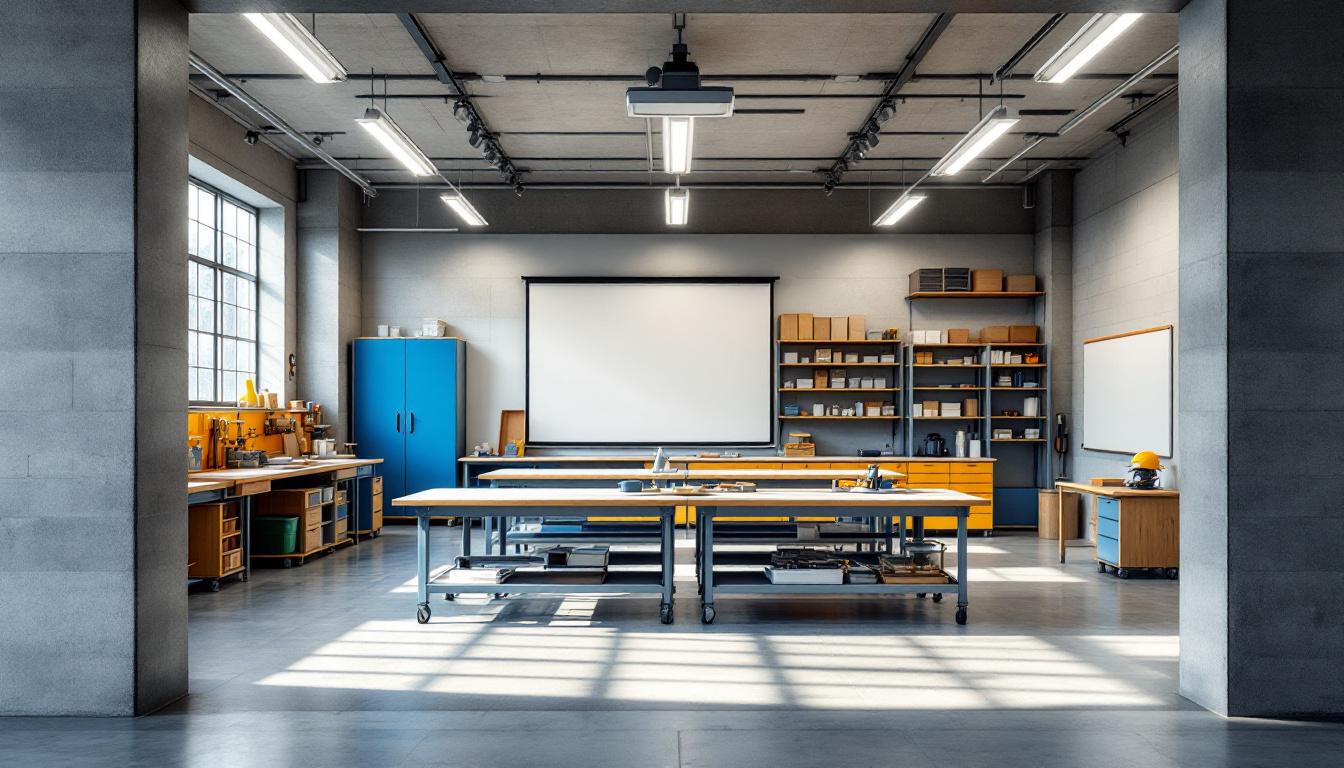
About Men's Central Jail
Serving the sprawling metropolitan area of Los Angeles, this county jail facility operates as a cornerstone of the region's public safety infrastructure, processing and housing individuals within the criminal justice system while maintaining connections to the broader community it serves. Located within one of the nation's most populous counties, Mens Central Jail functions as a CA correctional facility that typically manages a diverse population reflecting the demographic complexity of Southern California's urban landscape.
The facility generally provides essential inmates services that may include medical care, mental health support, and educational programming designed to address the varied needs of those in custody. As part of Los Angeles County's correctional network, the jail often coordinates with local courts, law enforcement agencies, and community organizations to facilitate legal proceedings and prepare individuals for potential reintegration into society. The geographic significance of its location within the Pacific region means the facility frequently handles cases involving interstate matters and serves as a critical link in California's broader correctional system.
Beyond its primary custodial function, this county jail typically emphasizes rehabilitation-focused approaches that may encompass substance abuse counseling, vocational training opportunities, and reentry preparation services. The facility's operations generally reflect the complex challenges of managing a large urban jail population while working to balance public safety concerns with efforts to reduce recidivism and support successful community reintegration for those who complete their sentences.
Programs & Services
Personal growth and skill development form the foundation of the service approach at Men's Central Jail in Los Angeles County. The facility typically focuses on providing inmates with practical tools and resources that support both immediate needs and long-term reintegration goals. Services are often designed to address multiple aspects of personal development, from basic literacy to specialized job training. This comprehensive approach may help inmates build confidence while developing marketable skills for their eventual return to the community.
Educational initiatives often include basic literacy programs, GED preparation, and adult education courses that allow inmates to complete their high school equivalency. Vocational training services may provide hands-on experience in various trades and technical fields, giving participants practical skills that align with local employment opportunities. These educational and vocational services typically operate through structured curricula that accommodate different learning levels and time constraints within the correctional environment.
In addition to these foundational programs, rehabilitation services may address substance abuse issues, anger management, and life skills development through group and individual sessions. Prison industries and landscaping programs often provide work experience while contributing to facility operations and maintenance. Religious services typically offer spiritual support and community connections for inmates seeking faith-based guidance during their incarceration. These support services may work together to create a network of resources that addresses the diverse needs of the inmate population.
Daily Life & Visitation
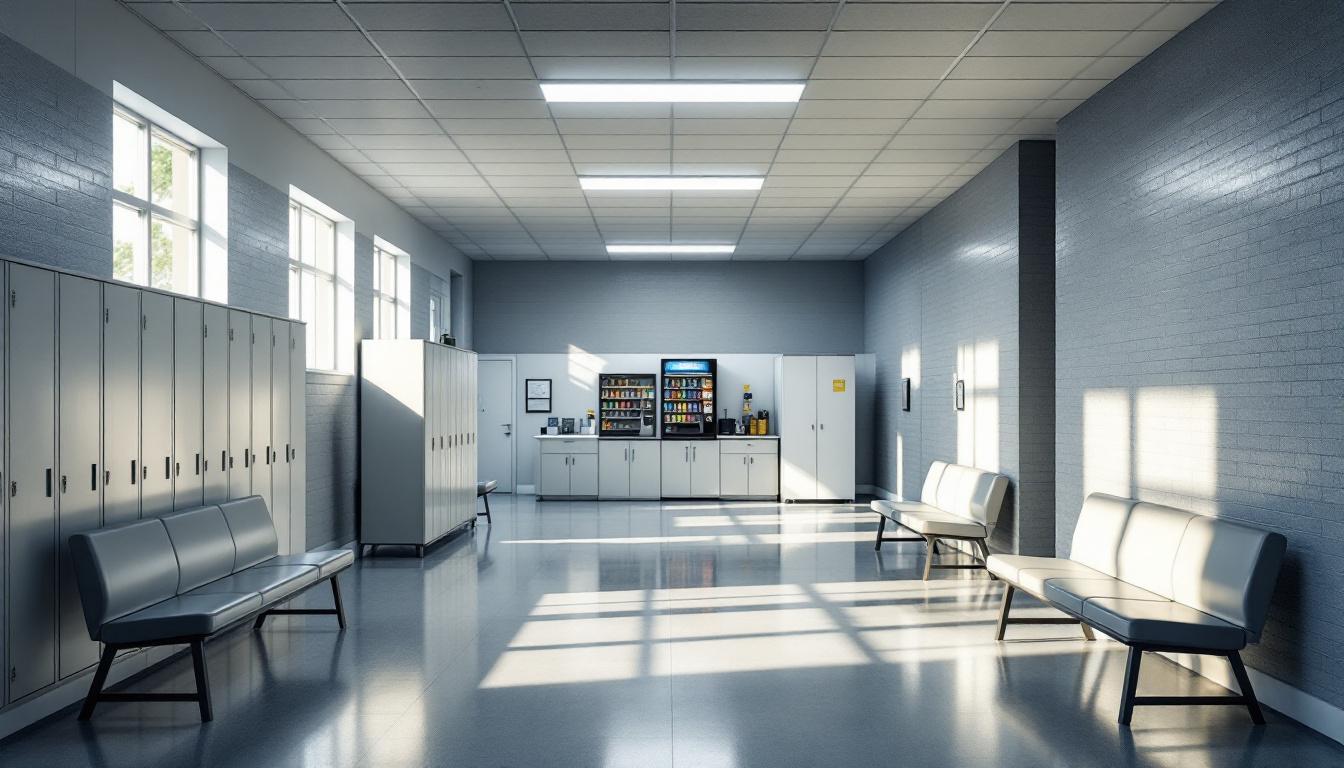
The concrete walls and steel doors of housing units create a structured environment where inmates must quickly learn to navigate shared living spaces. Today, inmates consistently follow regulated schedules that begin with early morning counts and meals served in designated dining areas. The institutional routine provides a framework that helps residents adapt to their temporary circumstances while maintaining order throughout the facility.
Living accommodations typically consist of multi-occupancy cells or dormitory-style housing units where inmates share space with others. Personal belongings are generally limited to basic necessities and approved items that can be purchased through the commissary system. Meals are usually served at scheduled times in common dining areas, with inmates following specific protocols for movement between housing units and meal locations. Despite this structured environment, inmates often develop informal routines and relationships that help them cope with the institutional setting.
In addition to this basic daily structure, the facility may offer various programs and activities designed to provide constructive use of time. Recreation opportunities typically include access to outdoor yards or indoor common areas during designated periods, allowing inmates to exercise and socialize. Work assignments within the facility often provide inmates with responsibilities such as food service, cleaning, or maintenance tasks. Visitation policies generally allow inmates to maintain contact with family members through scheduled visits and phone calls, which provide important emotional support during their incarceration. These connections to the outside world often serve as motivation for inmates to follow facility rules and prepare for their eventual release.
Ready to Connect?
Start communicating with your loved one today
Search for an Inmate
